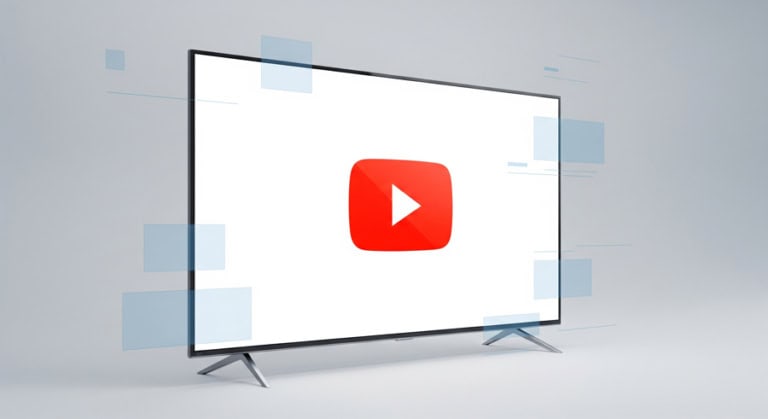
It’s natural to want to evaluate media channels and campaigns on their own merits, placing them in a “Good” or “Bad” column based on KPIs.
How this typically plays out is a company will decide what they’re willing to spend to acquire a lead (CPL) or a customer (CAC), or they set a return on ad spend (ROAS) goal. If a specific ad channel or campaign surpasses the CPL, CAC, or ROAS target, the company will conclude that the ad channel, ad creative, or audience doesn’t work.
Long-term, this type of siloed approach to measuring ad performance is short-sighted. Here’s why it’s a losing strategy:
- Halo effect: It doesn’t account for the relationship between different ad channels and campaigns. This is called a “halo” effect, where one ad channel or campaign can improve the performance of another. See below for examples.
- Buying patterns: It fails to consider typical buying behavior (i.e. most people don’t buy a product on first reference).
- Diminishing returns: It creates pressure to spend all of your ad budget lower in the funnel (i.e. branded search, remarketing), where conversion rates are the highest. This leads to diminishing returns as you exhaust these audiences. Without a steady stream of new users to target, this strategy is unsustainable.
Full-Funnel Online Advertising In Practice
To illustrate why this approach is counterproductive, it’s helpful to think about a real-world scenario pertaining to offline marketing. Pretend that you’re the GM of a grocery store and you’re evaluating the efficacy of various promotions.
- Are the sale signs on the aisles more impactful than the billboard displaying 3 miles away?
- Do the flyers hanging outside your store drive more sales than your direct mailer?
- Are the radio ads impacting sales more than the display aisle promotions?
These are tough questions to answer, particularly if you want to measure the synergy in running these promotions together. While attributing value to these promotions is one thing, what you wouldn’t do is conclude that the sale signs hanging on each aisle are ineffective because they’re not attracting as many new customers as the billboard.
Common Online AD RELATIONSHIPS:
- Mobile-to-desktop: Mobile traffic usually converts at a lower rate than desktop, but it’s not unusual to see a correlation between mobile ad impressions and desktop conversions from new users. More info here.
- YouTube-to-search: There’s a spillover from YouTube to search. That is, when people see a product on YouTube, this often corresponds with higher branded search volume and better conversion rates on paid search campaigns as purchase intent grows.
- Facebook-to-direct response: Video is the No. 1 content type (paid or organic) on social media. Running video campaigns on Facebook (or other social platforms) and retargeting users who watch 50%+ of the video(s) is an effective way to qualify leads for direct response campaigns lower in the funnel.
The point is, each of those advertisements serve different purposes. The sale signs are meant to convert your store traffic, which is already in buying mode. Meanwhile, the billboards are intended to build brand recognition to grow store traffic.
That context is important, because it explains the symbiotic relationship between promotions at various stages of the buyer’s journey.
Online advertising is similar in that there’s a strong association between ad channels and campaigns at different stages of the purchase funnel. But since there’s more data available when advertising on Facebook or Google, for example, it allows people to easily calculate CPA, CPL, and ROAS.
This creates the temptation to measure all campaigns individually against the same CPA, CPL, or ROAS goal, even though our intuition tells us that every campaign serves a different purpose (and therefore should be evaluated with different metrics).
It takes discipline to follow a full-funnel approach, especially because there’s so much pressure for instant gratification when it comes to online advertising.
We advise companies to consider the holistic performance of their campaigns.
- Research: Determine the typical buyer’s journey for your target audience.
- Plan: Plot your campaigns along that buyer’s journey (i.e. upper, mid, lower funnel).
- Measure: Select campaign KPIs that correspond to the stage of the buyer’s journey.
- Evaluate: Calculate a blended CPL, CAC, or ROAS to account for the combined impact of your campaigns.
Need help with measuring the impact of your ad campaigns? Reach out to us at [email protected]. Also, sign up for emails below to get notified about future blog posts.



